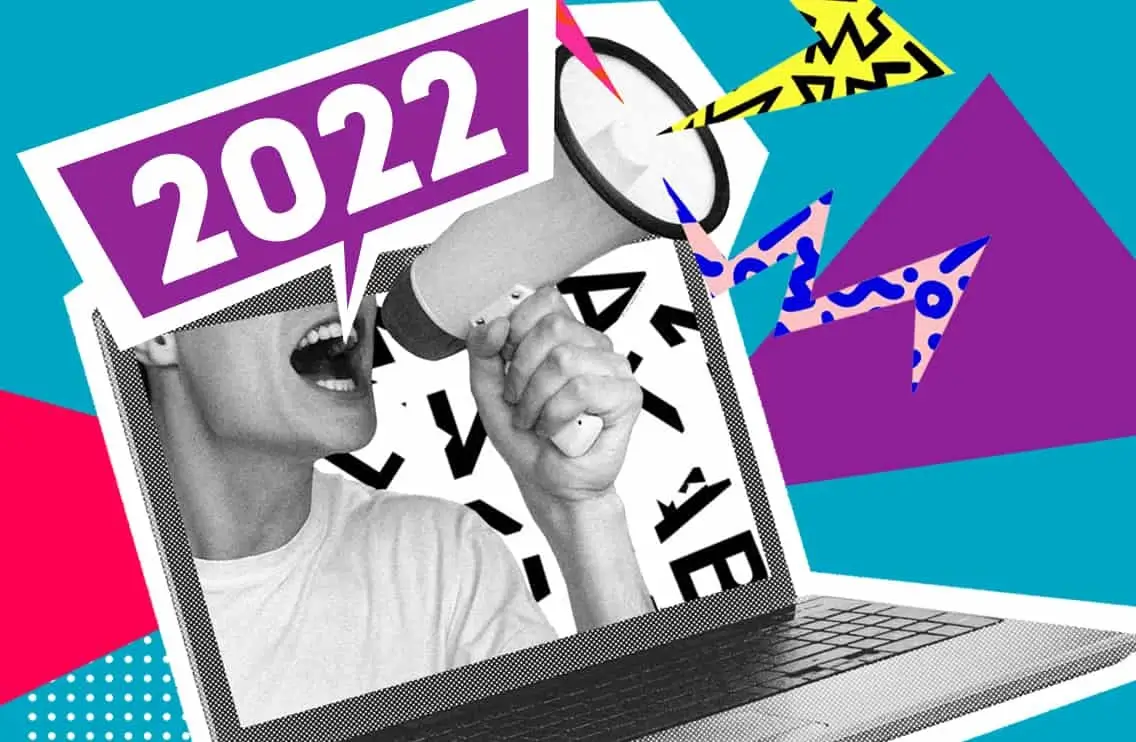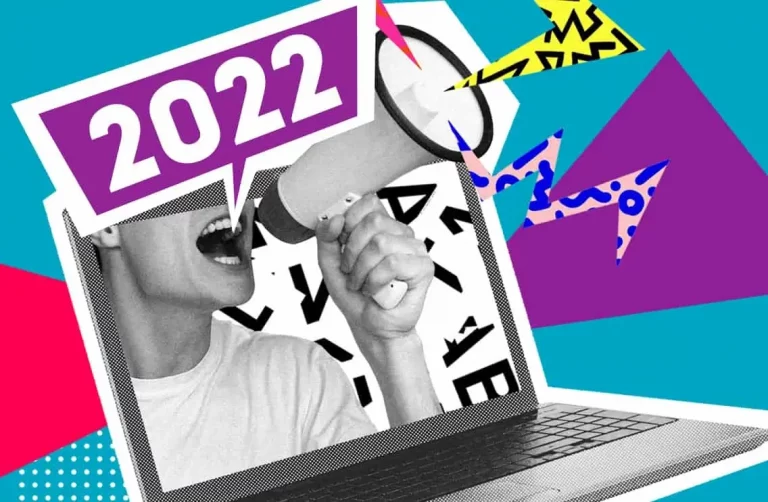The lockdowns in 2020 saw marketers pivot their marketing strategies by adapting new technologies to survive. 2021 expanded on these technologies through creative application to stand out online. What then does 2022 bring in terms of marketing trends? What should we as marketers leverage and build upon in this next normal? In no order of importance, and by no means exhaustive, read on and find out 7 marketing trends to watch out for in 2022!
“X” marks another spot in marketing trends
2022 now brings another “X” to the mix. TX or Total Experience, is a marketing trend that values employee experience as highly as customer experience. What does this mean for brands and their marketing strategies? Brands need to realise that their front facing employees are their brand ambassadors. Customer interaction with in-store staff can make the difference between a good experience to a great one.
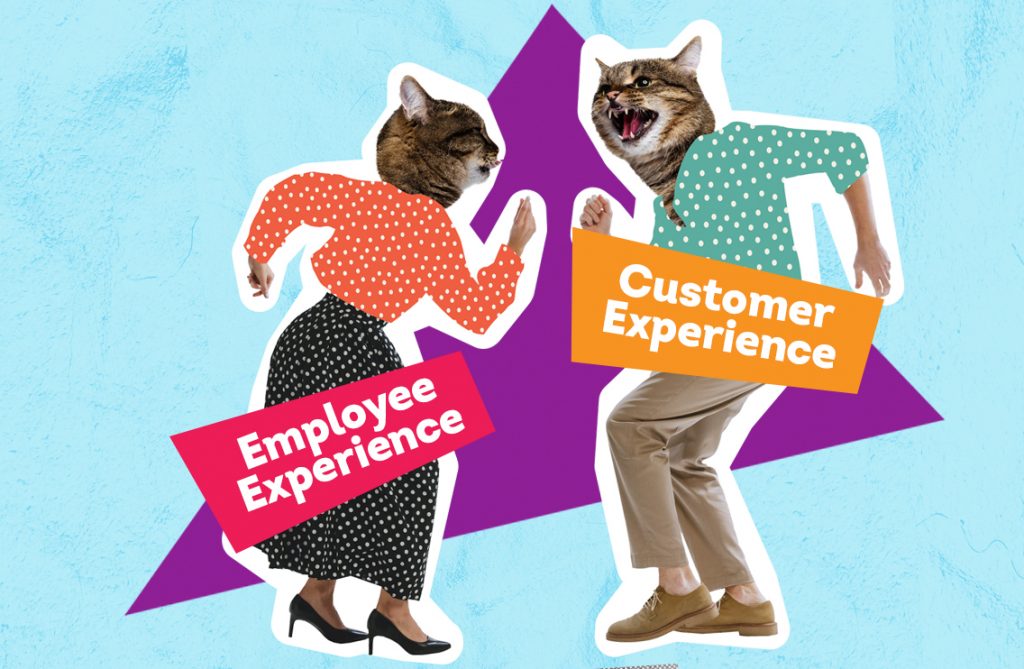
Employee experience and customer experience should jive
This means that brands need to support front line staff with innovations and technologies that would empower them in their customer interactions. In 2021, we’ve seen technologies that have made the digital interactions and purchases easy for consumers. In order to build on this, brands then should translate these conveniences down to their employees as more physical stores start to open. Above all, as the world opens up, the in-store experience should keep up with customer experiences online in order to make the overall interaction with the brand a seamless and memorable one.
Seize the Data
More and more things are becoming part of the Internet of things (heh!). And as 5G networks and cloud technologies become more and more commonplace, data centric marketing should be on the forefront of marketers minds. As a result, it is no surprise that data remains a key marketing trend in recent years. But with the impending demise of the “cookie”, marketers will soon be hard-pressed to rely on third party data to power campaigns.
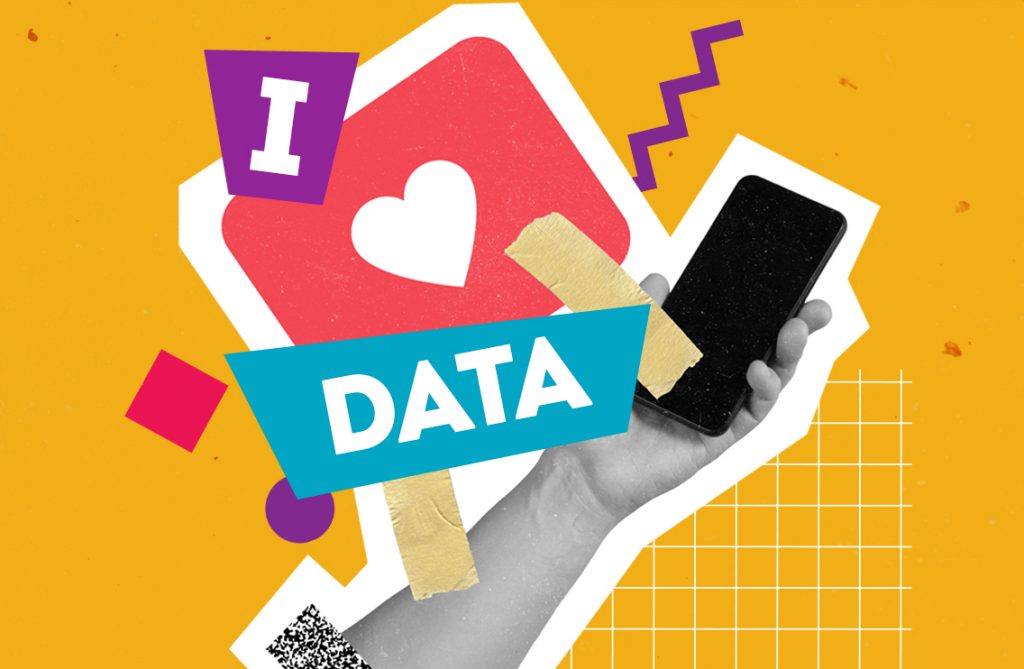
Data is your best friend
Instead brands should consider looking into investing in first party data in order to adapt. Firstly, marketers should align customer experience goals with business objectives. From here, a clear and coordinated plan to choose what data to collect, analyse and measure should be derived. Secondly, brands should provide value to consumers in exchange for their data. Making consumers see the value of sharing their data, be it through loyalty programs, exclusive offers or relevant content, makes it more palatable for consumers to share their information. And of course, data governance should also be a big factor in gaining consumer trust.
Thirdly, collected data should be analysed and tested. Eli Lilly, a large pharmaceutical company, used data gathered to improve personalisation in the customer experience. They did this by collecting data across purchase points and testing their findings on one of their brands. Finally, optimise, optimise, optimise. Because with data, business and marketing strategies can be refined making campaigns more efficient and cost-effective.
Data can also be used offline to identify new business opportunities and offerings. Giants such as Netflix have used it to bring original content to consumers. While Starbucks have used data to even predict the success of potential store locations.
The home shopping channel but make it social livestreaming
Remember the guilty pleasures of shopping on the Home Shopping Channel? Then you have a glimpse of why social commerce and live-streaming have gotten a firm hold on millennials and Gen Zs. The pandemic have shifted the e-commerce needle ahead by 5 years and in China alone, shopstreaming now account for $60 billion worth of goods each year.
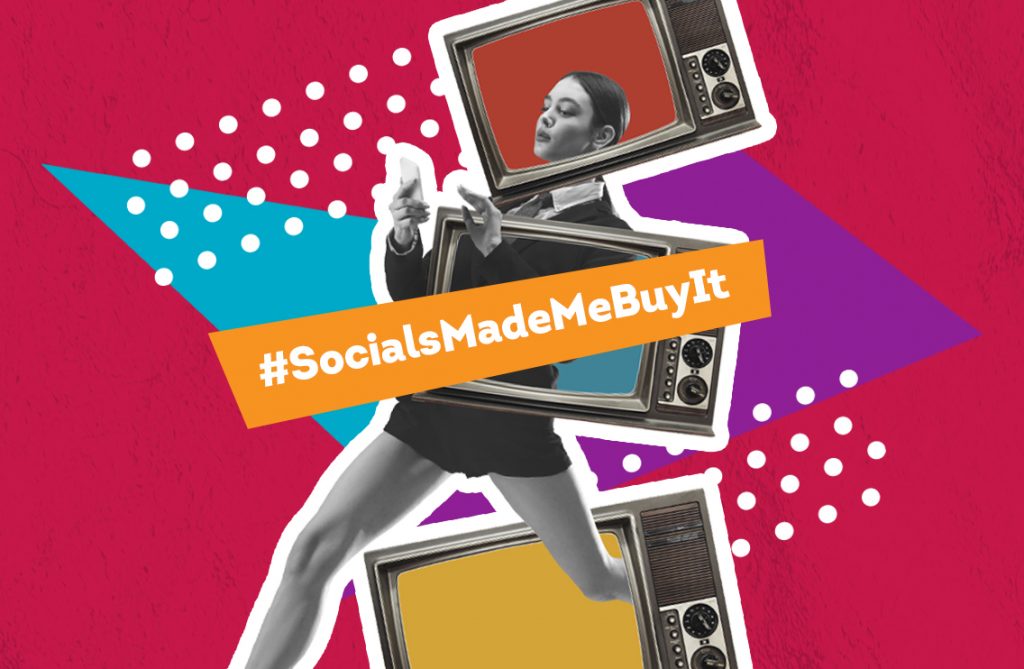
Home Shopping Channel 2.0
Shoppable content on social networks such as Instagram, Facebook and even Youtube allow consumers to purchase while they consume content. This effectively merges entertainment and convenience into one slick experience. Moreover, the potential to add social experiences, direct interactions with their community, along with their favourite (and trusted!) influencers, make social commerce a marketing trend to hop on and watch out for in 2022.
Online shopping 3.0
Brands have already augmented experiences by enabling virtual try-ons and even digitally enhanced immersive physical spaces. While traditionally, these technologies have been associated with a hefty price-tag, AR apps and hardware are fast becoming more affordable. In effect, AR and VR will continue to enhance consumer experience and prove to be another marketing trend to look out for in 2022.
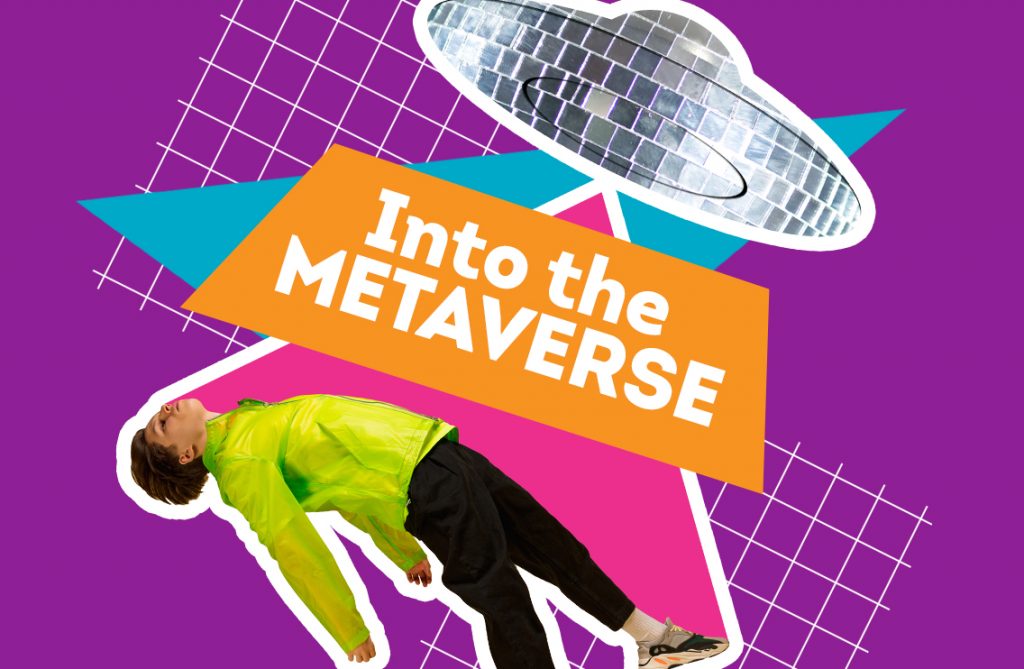
Beam me up Metaverse
Toward the end of 2021, Facebook’s name change grabbed the world’s attention and focused it firmly into the metaverse. This, combined with NFTs – another big craze – might be the key ingredients into heralding a new frontier in online shopping and brand experiences. While consumers may not immediately find themselves doing their shopping fully in the metaverse, brands such as Gucci, Balenciaga and Stella Artois are already making their mark.
Even if brands may not fully go into shopping in the metaverse or enhancing with augmented reality, the key word to take away would be seamlessness. Brands should ensure a seamless experience. From online to offline. This is sure to remain a key marketing trend in years to come.
Make Greta Thunberg proud
Incorporating ESG into marketing isn’t exactly a new trend but a new norm. More than ever, consumers now look for brands that practice what they preach and whose values they resonate with. Doing this isn’t just about using diversely casted images on social media or websites. It’s about walking the walk, and talking the talk.
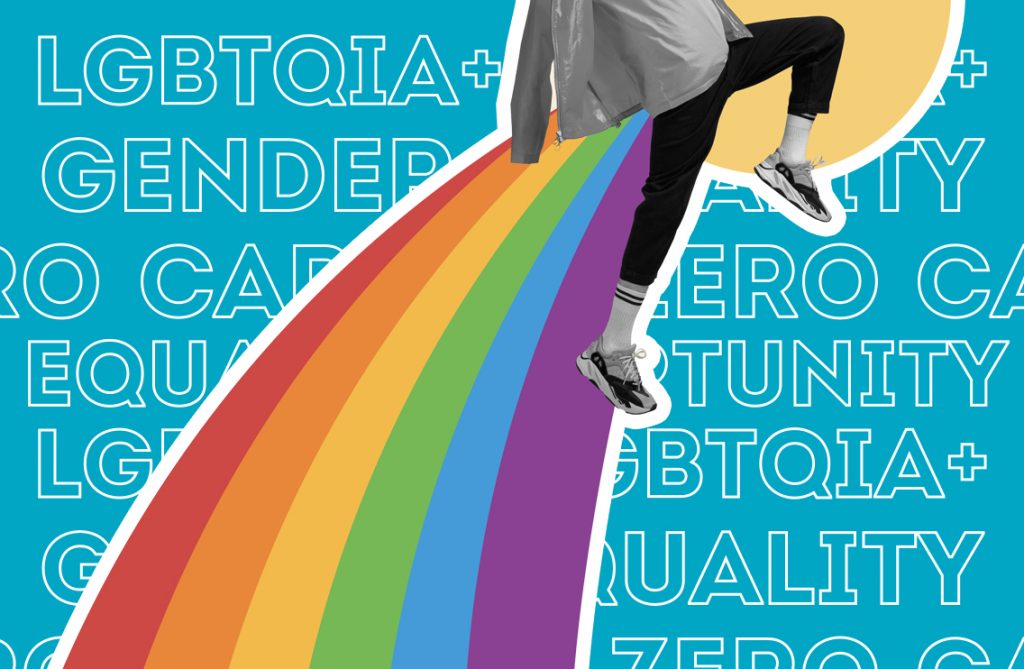
Make it count
This practice should permeate every aspect of the brand. This means building inclusive workplace cultures, developing a relationship with diverse members of their community, the environment, and above all, to be authentic. Today’s consumers are now more savvy about their buying habits and it’s effect on society and the environment. And with the internet at their fingertips, they are more than equipped to take more care in choosing the brands they associate with.
Marketing for social impact really goes beyond just marketing. But publicising the things the brand are doing to make a difference could be more effective than advertising products especially now.
Keep videos short and sweet
TikTok, Instagram stories and Facebook Live. What do they all have in common? Short form videos. As more platforms provide opportunity for snackable rich media content, more and more brands are reaping its benefits. Studies have shown that short form videos have the highest ROI of any social media strategy.

Keep playing it short
Any savvy marketer should take note to incorporate this marketing trend into their marketing strategies. This type of video content format certainly captures the notoriously short attention span of today’s consumers. Which accounts for TikTok and Snapchat’s quick growth and captured the attentions of marketers worldwide.
2022 will continue to see short form videos in more diverse marketing efforts. Consider incorporating data to drive retargeting of video ads. Influencers can also be tapped to create videos that reach a specific fanbase. And if you’re feeling particularly bold, why not incorporate another of the 2022 marketing trends and make your videos shoppable?
Turn up the volume on branded audio
In 2021, the invite only audio based chatroom, Clubhouse, saw quick growth. Soon, Twitter and Instagram Rooms jumped on the audio bandwagon and belted out their own spaces for live discussion. Screen fatigue and the flexibility of listening to audio have all contributed to the growing demand for audio content. This growth is only set to continue as a marketing trend for 2022.
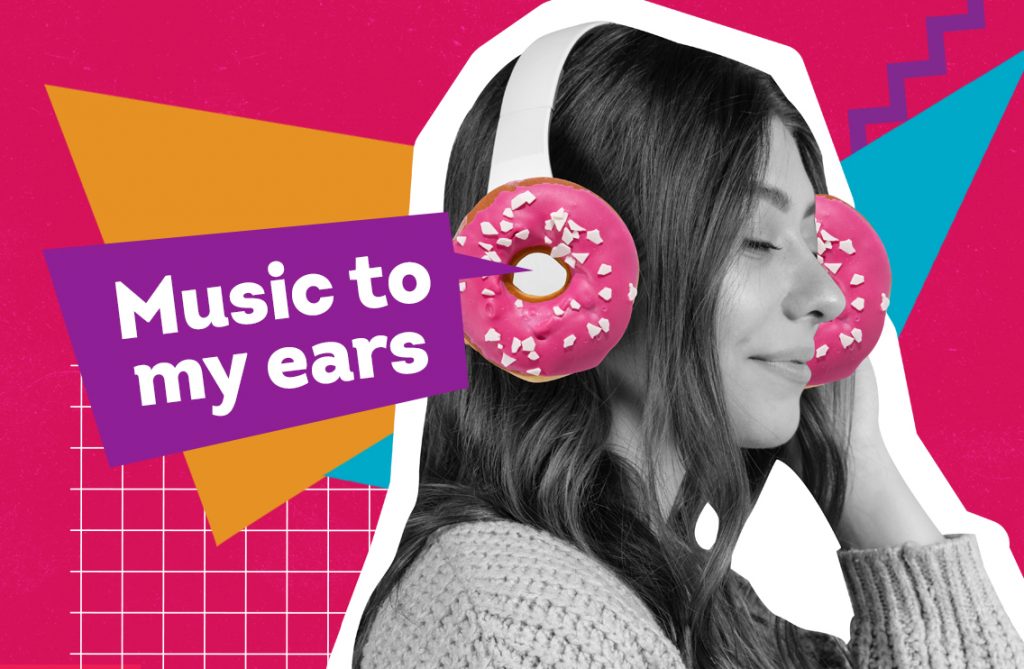
Hear me roar!
Google is now adding podcasts to its page rankings. This means that having audio content on your brand’s website, will not only provide your consumers with content that is on trend, but will also help improve your SEO rankings. Another audio based trend that’s predicted to make a big impact is voice search. Coupled with the growing number of users of voice powered home devices like Google Home or Amazon’s Echo, 2022 should be the year that your brand is heard!
Marketing trends are good and all but…
Brands should still strive to incorporate engaging and authentic storytelling in all marketing efforts. They should not be seen as simply riding on a trend. Rather, these trends should be seen as making storytelling richer. These stories should then also be backed up by insightful and sound strategies. What trend would you try in 2022? And how would you make it fit your brand?


